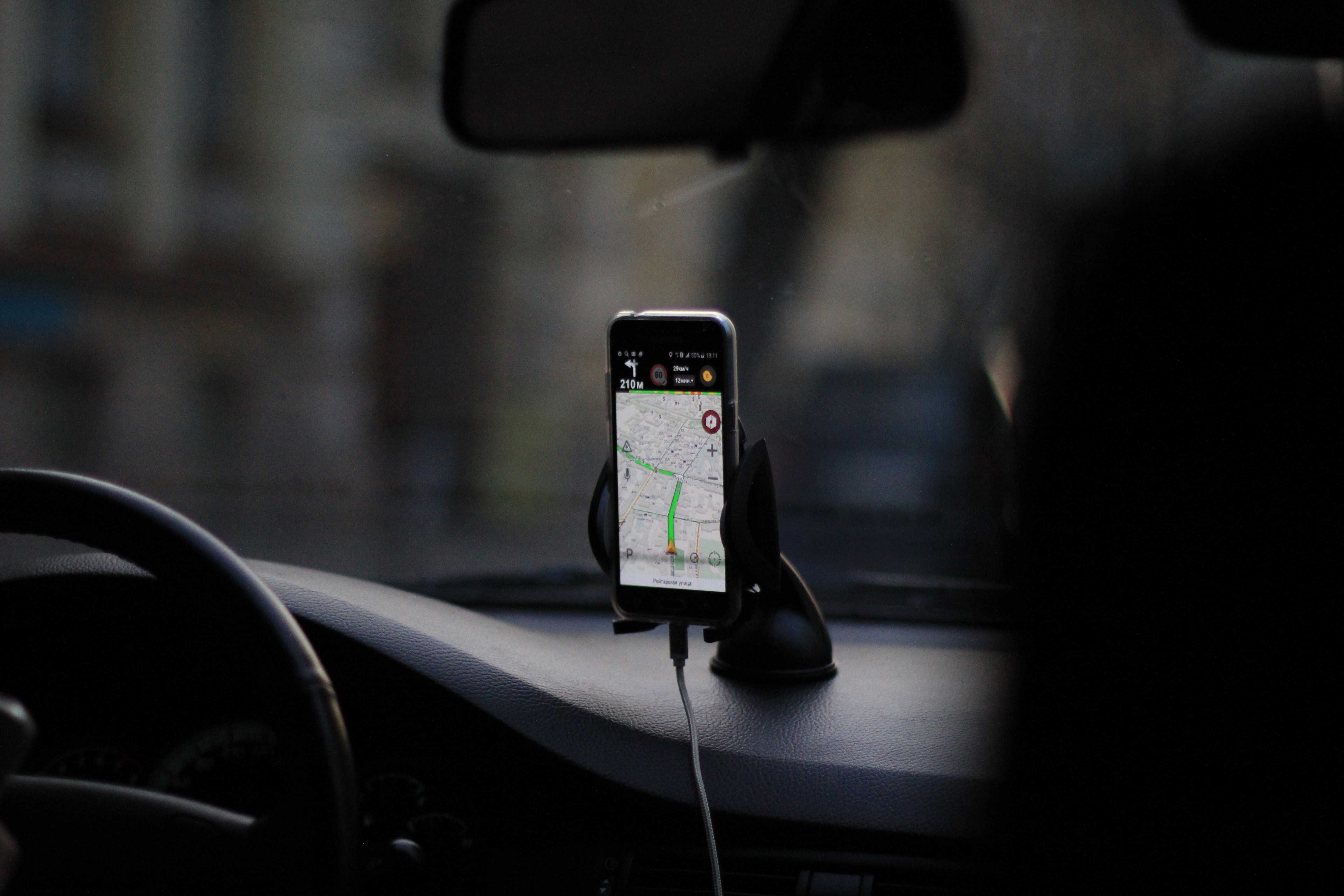Flying taxis are here to change travel forever

It might seem futuristic, but flying taxis are here right now and we think they’ll have a huge impact on the travel industry. This is thanks to developments in drones, automated vehicles, and helicopters that we think will become a staple in all of the world’s biggest cities.
Whether you are interested in getting in an air taxi in Canada, the United States, or the United Kingdom, we are sure that you’ll find this interesting.
What are flying taxis?
Flying taxis are small electric vehicles that can be used to carry passengers over short distances, similar to a helicopter. They’re often called “flying cars” but this is a bit of a misnomer as they don’t have the ability to drive on the roads. Many companies are currently working on flying taxi technology, including Uber, Airbus, and Google.
Why are they so important?
Flying taxis could fundamentally change the way that we get around. They’ll make it so much easier to get around cities, which will be an added convenience for all different kinds of people, especially for busy city dwellers and also tourists who will be wanting to get around cities as quickly as possible.
There are a few reasons why flying taxis are great. Firstly, they’re a new and exciting way to travel, they could help reduce congestion in both inner-city urban areas, as well as pollution, which is so important to the modern consumer. They could have an industry-changing impact on the travel industry, making it easier and faster to get around cities and foreign travellers may factor this into their decision when planning a vacation abroad.
How will they change the travel industry?

Flying taxis will likely have a huge impact on the big economy industry. This would free up valuable resources that could be used to improve other aspects of the travel experience, such as transportation and accommodation. The added convenience of being able to avoid traffic hot spots will be a huge draw for people looking to get from A to B fast, regardless of when rush hour is.
When will flying taxis become mainstream?
It’s difficult to say exactly when flying taxis will become mainstream, but it’s likely that they’ll start to gain traction in the next few years. In order for flying taxis to become popular, we’ll need a few key technologies to develop. These include drones, automated vehicles, and helicopters. All of these technologies are currently in development, and it’s only a matter of time before they’re ready for wider use.
Drones will be important for flying taxis as they’ll allow passengers to travel short distances without having to rely on a helicopter. Additionally, automated vehicles will be necessary to handle the logistics of picking up and dropping off passengers. There will be so many moving parts that will need to be managed simultaneously, and these processes will have to be monitored closely.
That being said, helicopters will be needed to get the flying taxis off the ground and into the air - VTOL aircraft are both expensive and not yet compatible with electric-powered vehicles. There’s still some work that needs to be done, but we aren’t as far away as many people think.
Will flying taxis be expensive?
Yes, flying taxis will likely be expensive compared to other forms of transportation. However, this could change over time as the technology becomes more widespread. Additionally, there may be various schemes and discounts available for frequent flyers which should get the industry off the ground - pardon the pun.
It’s difficult to say exactly how much flying taxis will cost, as this will depend on a variety of factors, including the distance travelled and the type of aircraft used. However, it’s likely that they’ll be more expensive than other forms of transportation, at least initially. There will need to be specialized pilots who will need to have done extensive training, while the presumably high insurance costs will also likely cause the price to be inflated.
How much is the taxi industry worth?

The taxi industry is currently worth an estimated $100 billion per year. This number is expected to grow as flying taxis become more popular - there will likely be a large initial rush as people look to jump on the trend and be the first to have been in a flying taxi. This will also be because flying taxis will offer a better way to get around busy cities - gone are the days of being stuck in traffic for hours on end. Say hello to fast, convenient, and comfortable intercity travel.
Uber is one of the most well-known companies working on flying taxis. They’re currently testing their technology in Dubai and expect to launch their service soon but have faced a number of obstacles. Airbus is also developing flying taxis, and they plan to have a commercial service ready by 2022. Finally, Google is also developing flying taxis and plans to launch a pilot program in the immediate future but have kept this very secretive.
Where will we see flying taxis?
Flying taxis are likely to be adopted in large cities first, where traffic congestion and pollution are major issues. However, over time it’s likely that they’ll become popular in other areas as well. Because electric vehicles have shorter distances that they can cover, this will also likely prohibit longer journeys and so we will have to wait for the technology to catch up before we see this rolled out in less densely populated zones.
Large cities are the most likely place for flying taxis to be adopted. This is because these areas typically have high levels of traffic congestion and pollution. Additionally, there is often a large demand for faster and more convenient forms of transportation.
Flying taxi pros and cons
People naturally have their doubts about flying taxis as this space-age technology looks dangerous on the face of things, but given how much any potential lawsuit could end up costing in the aftermath of a disaster, the companies looking to make these flying taxis will make sure that they are as safe as they can be. Cutting corners is not worth it when money and reputation are on the line.
Pros
- They’re a new and exciting way to travel
- They could help reduce traffic congestion and pollution in urban areas
- They could have a huge impact on the travel industry
Cons
- They’ll likely be expensive compared to other forms of transportation
- People think they are dangerous

